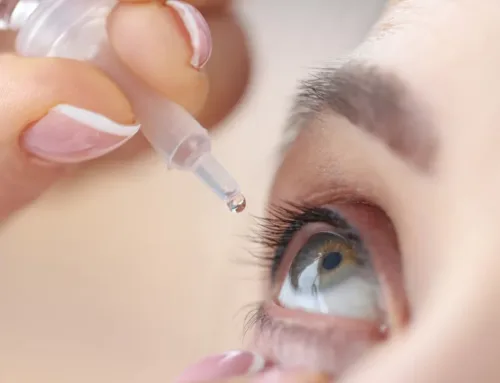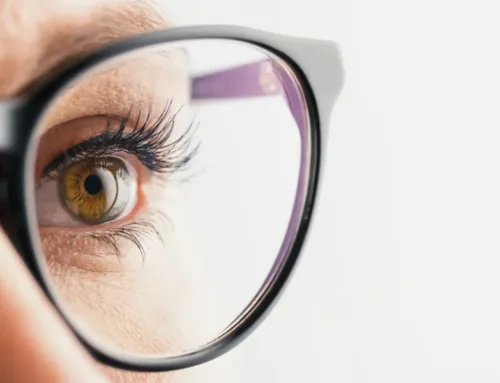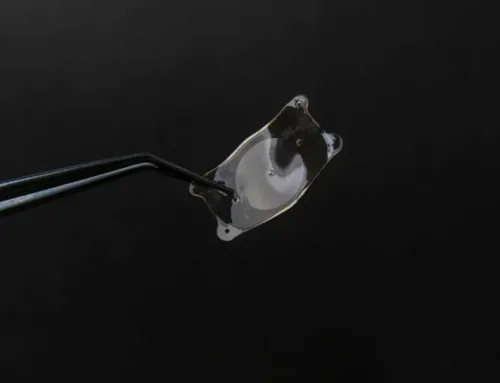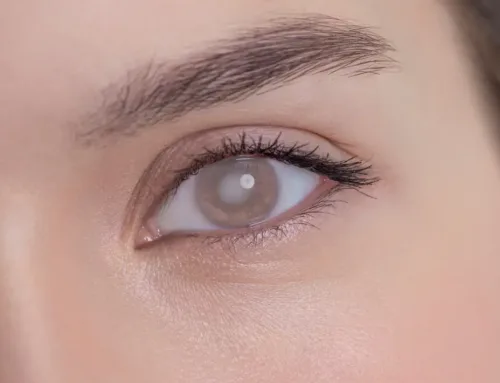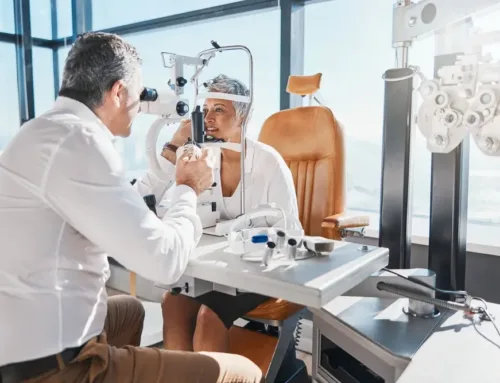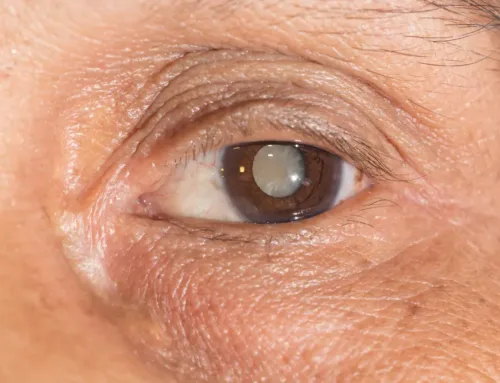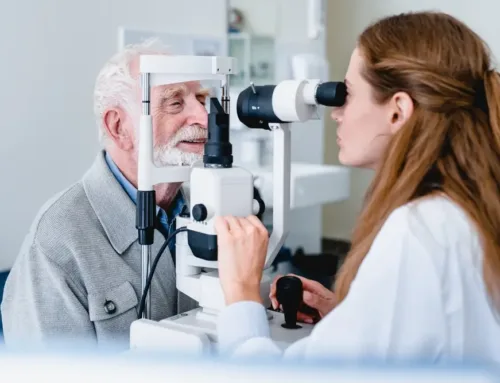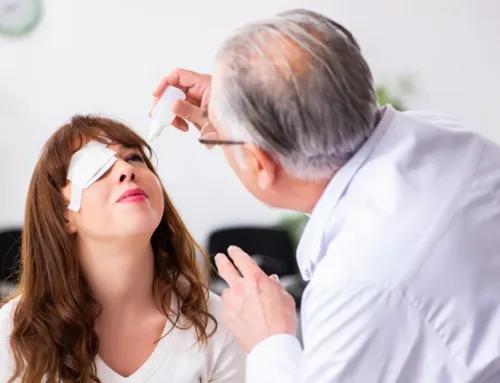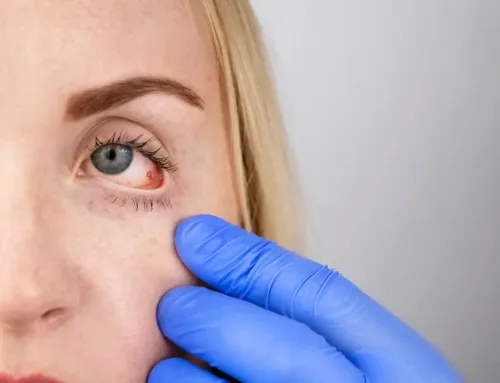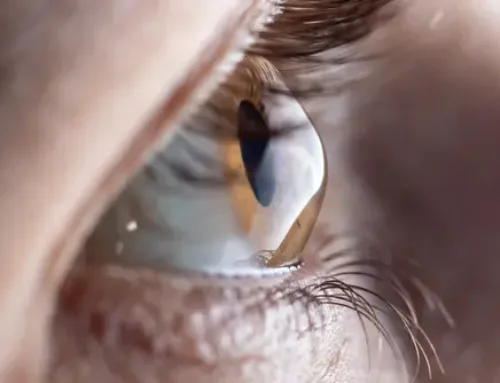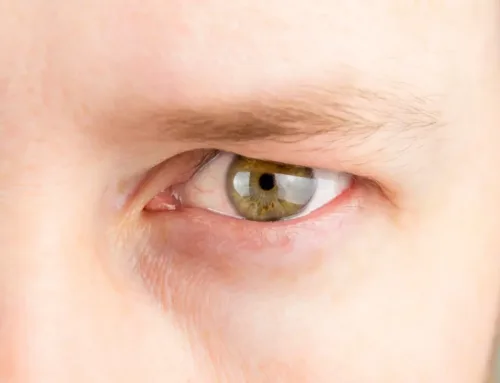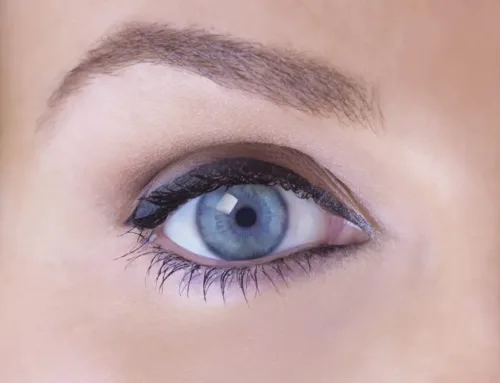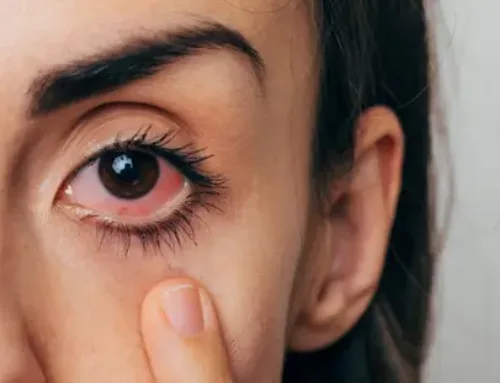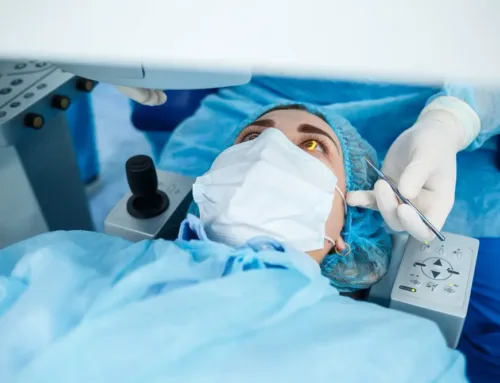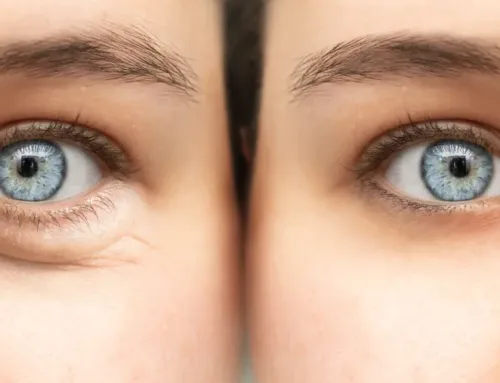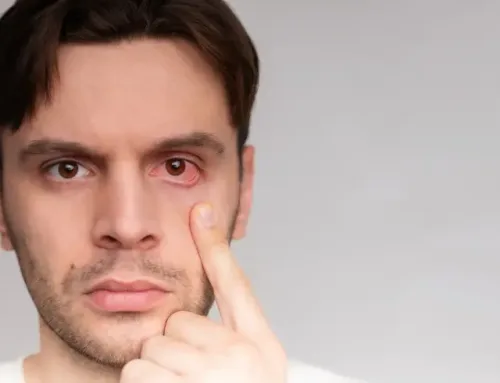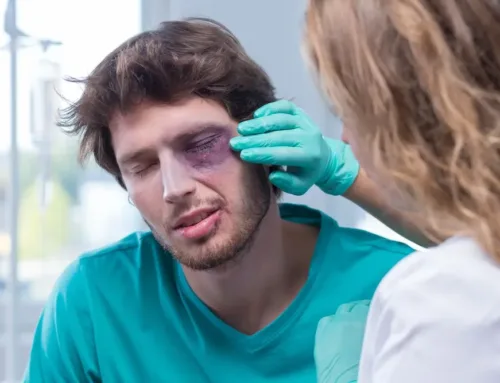Do you have sleepy-looking eyes even if you are fully active and awake? There is a chance you’re suffering from ptosis. With this condition, the upper eyelid droops over the eye, either a little or to the extent that it covers the pupil.
What Is Ptosis?
Ptosis, also known as the drooping eyelid, is a condition in which the upper eyelid droops downward, partially covering the eye. It does not hurt but can be a cosmetic concern if you do not like the look of a sagging eyelid. It can also be a functional problem that affects your eyesight.
What Causes Ptosis?
You can get ptosis in many ways. Here are some of them:
- Aging: As people age, the muscles of the eyelid stretch and weaken. The skin also starts to lose elasticity. As a result, the eyelid starts to sag or droop.
- Congenital: Some people have droopy eyelids since they are born. But you may notice this condition only a few months after birth. This condition is related to the maldevelopment of the eyelid muscles.
- Neurological conditions: Ptosis can be a symptom of neurological conditions such as myasthenia gravis, a neuromuscular disorder that affects muscle function. Other neurological conditions that can cause ptosis include Horner’s syndrome and third-nerve palsy.
- Eye trauma: You may develop ptosis after getting punched or hit in the eye. Trauma can weaken the muscles and tissues that support the eyelid, leading to drooping. It can usually be repaired immediately. But if there is no improvement after six months, you may need a surgical repair to fix your ptosis.
- Medications: Certain medications, such as triamcinolone and dexamethasone, can cause ptosis as a side effect. Ptosis caused by medication is usually temporary and resolves once the medication is discontinued.
- Certain diseases can cause ptosis, which can be a symptom of systemic diseases such as diabetes. Over time, high blood sugar can damage the nerves and blood vessels around and in your eyes, resulting in droopy eyelids.
Ptosis Treatment
Aside from affecting your appearance, ptosis can interfere with your sight. It can block your vision and even reduce your field of vision. It can make certain activities like reading, driving, and even walking downstairs harder. Severe ptosis can even lead to other eye problems like astigmatism and amblyopia, or lazy eye.
When the condition already hampers your day-to-day life, it is best to talk to your trusted eye doctor. Many treatments are available for ptosis, including eye drops and surgeries.
If you have a severe droopy eyelid and want to repair it, your only option is surgery. The procedure involves tightening the muscles to lift the eyelid into its normal position. If the patient is a child, the doctor may wait until they are a bit older to see if they still need surgery.
For more information about eye health care, feel free to talk to the experts at Treasure Coast Eye Specialists. Visit our offices in Port St. Lucie or Stuart, Florida. You can call 772-400-2400 or 772-286-0007 to book an appointment or simply have your eye questions answered.


